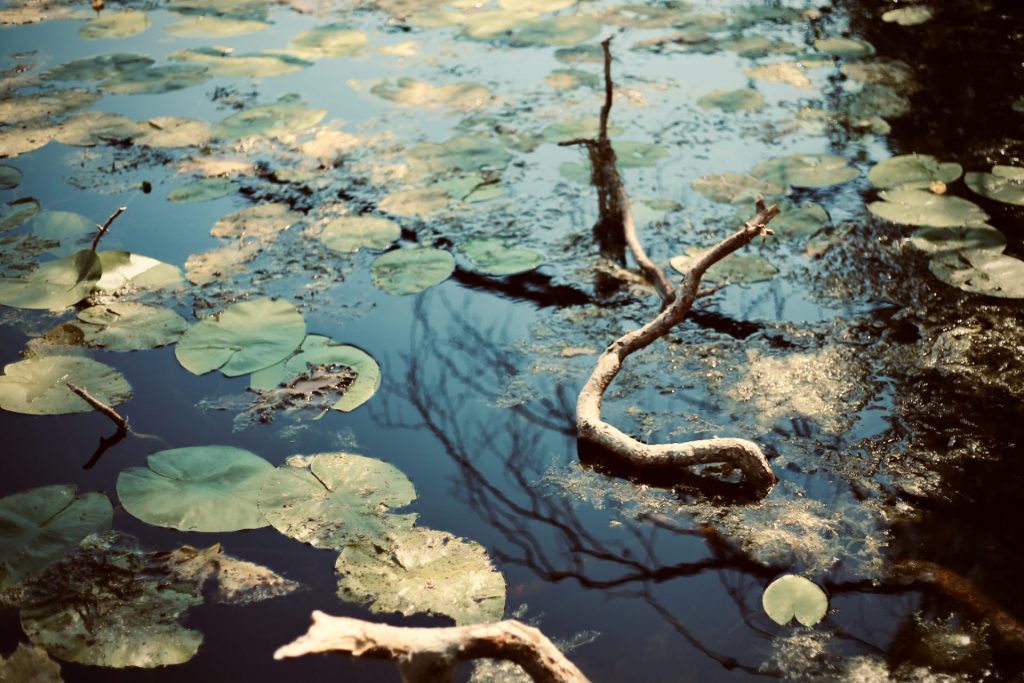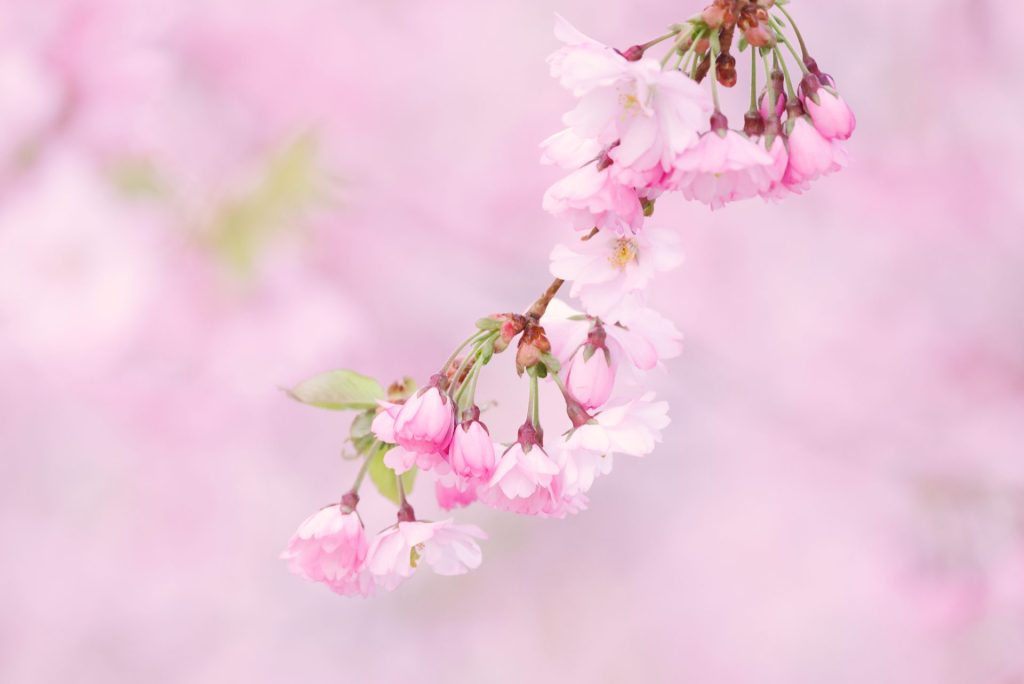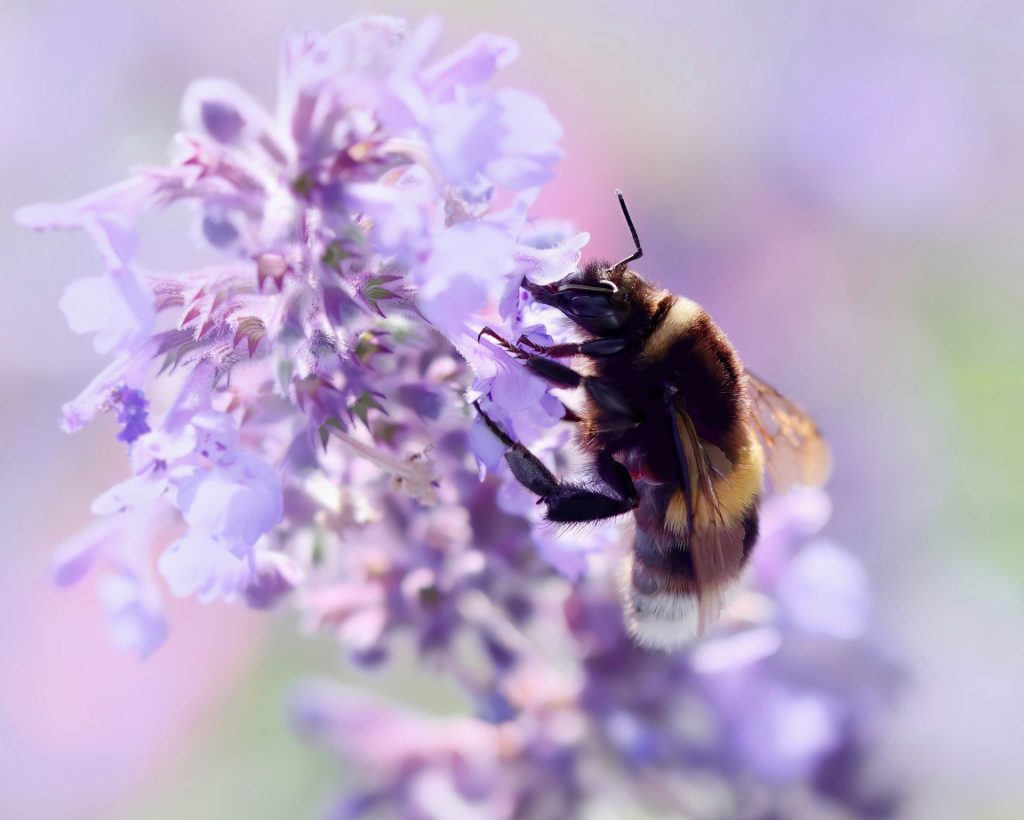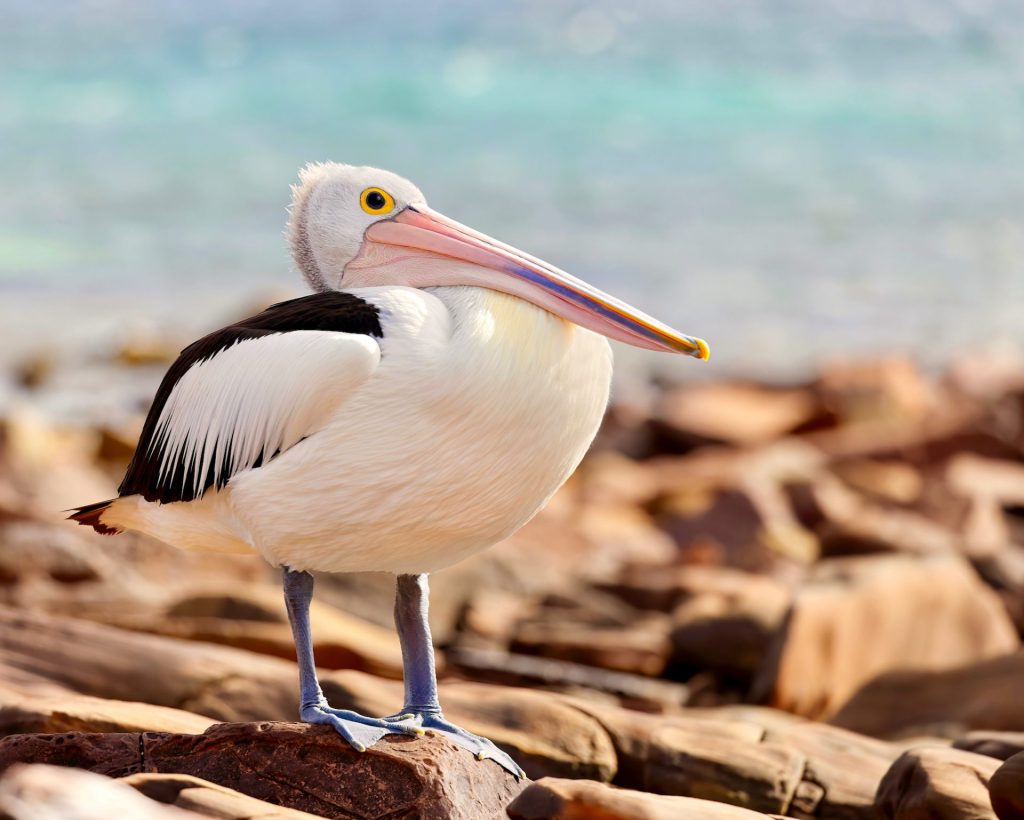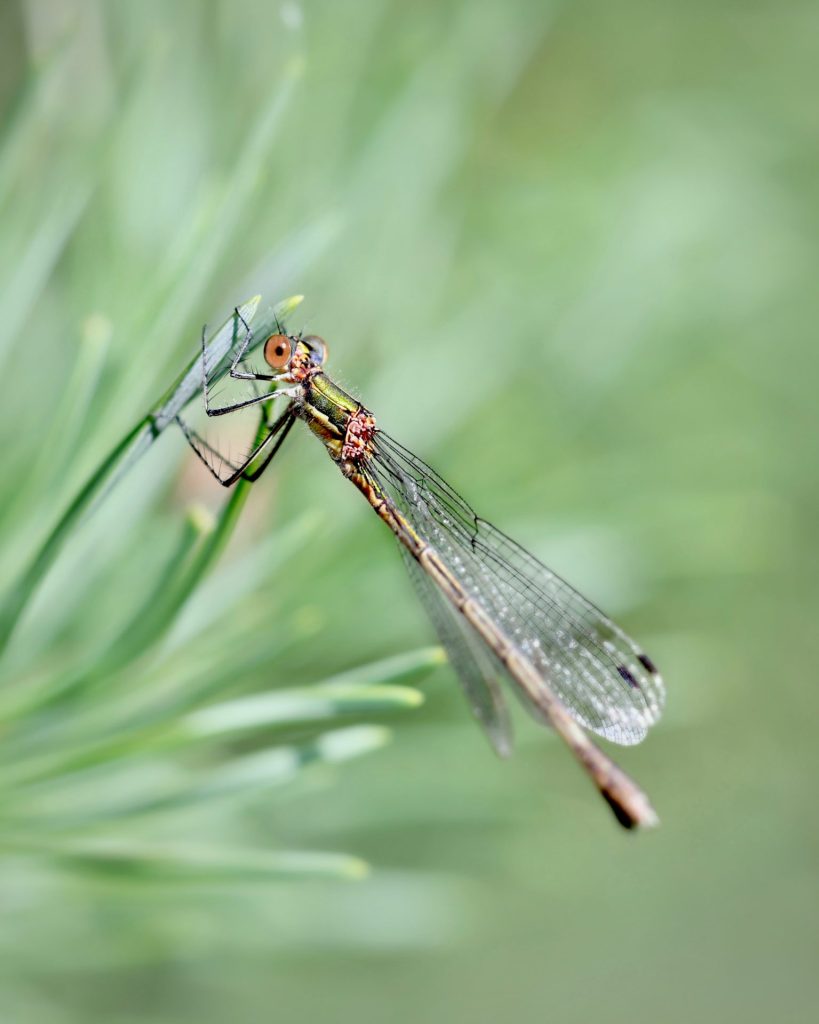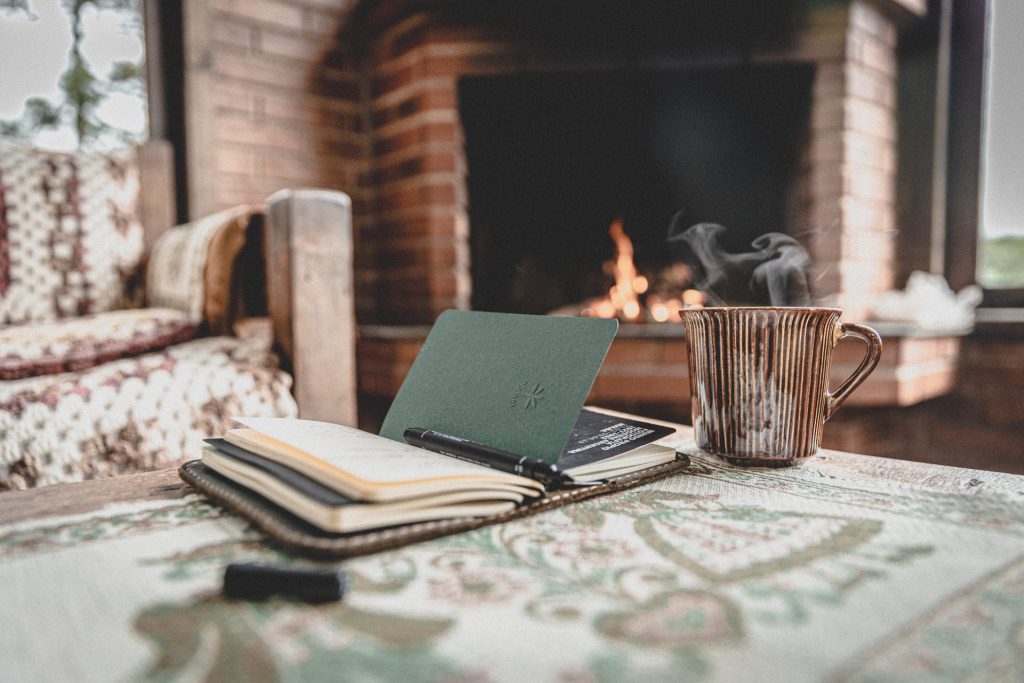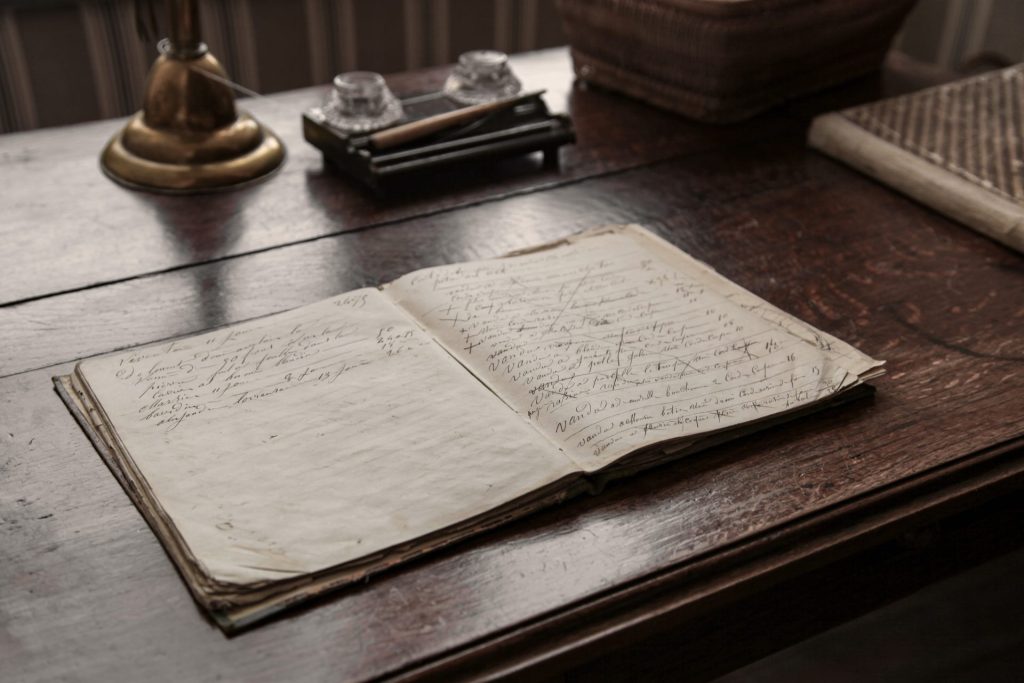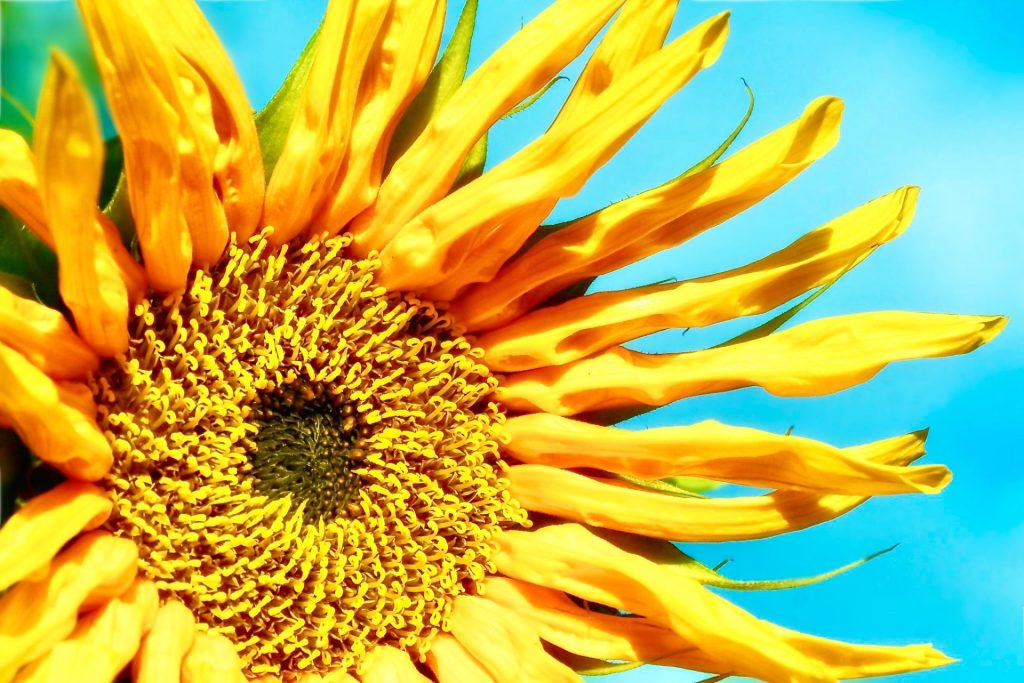
“I tell you, if one wants to be active, one mustn’t be afraid to do something wrong sometimes, not afraid to lapse into some mistakes. To be good — many people think that they’ll achieve it by doing no harm — and that’s a lie, and you said yourself in the past that it was a lie. That leads to stagnation, to mediocrity…
You don’t know how paralyzing it is, that stare from a blank canvas that says to the painter, “You can’t do anything.” The canvas has an idiotic stare, and mesmerizes some painters so that they turn into idiots themselves. Many painters are afraid of the blank canvas, but the blank canvas is afraid of the truly passionate painter who dares — and who has once broken the spell of “You can’t.”
Life itself likewise always turns towards one an infinitely meaningless, discouraging, dispiriting blank side on which there is nothing, any more than on a blank canvas. But however meaningless and vain, however dead life appears, the man of faith, of energy, of warmth, and who knows something, doesn’t let himself be fobbed off like that. He steps in and does something...”
The Dutch painter Vincent van Gogh (1853 – 1890) on taking action, from Ever Yours: The Essential Letters
To read more quotes, click here.
